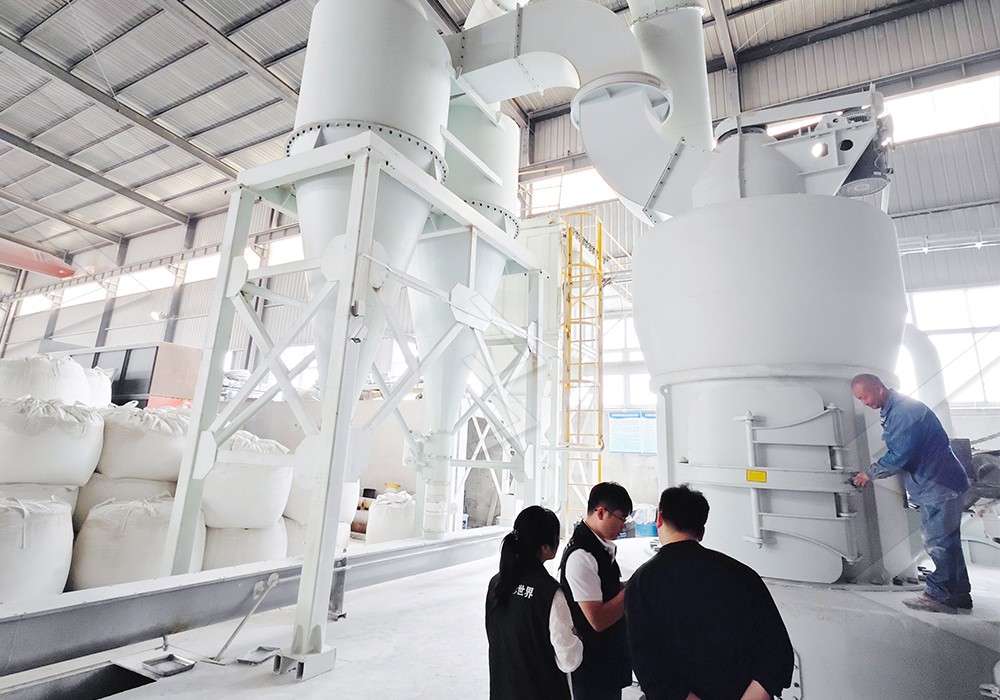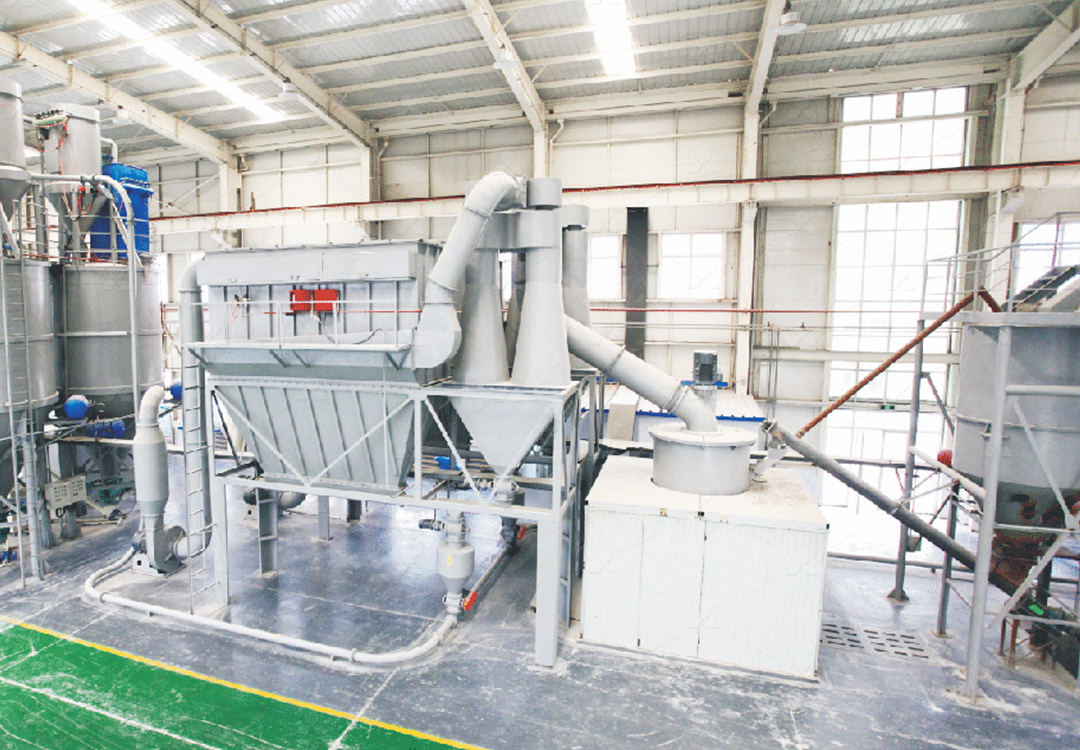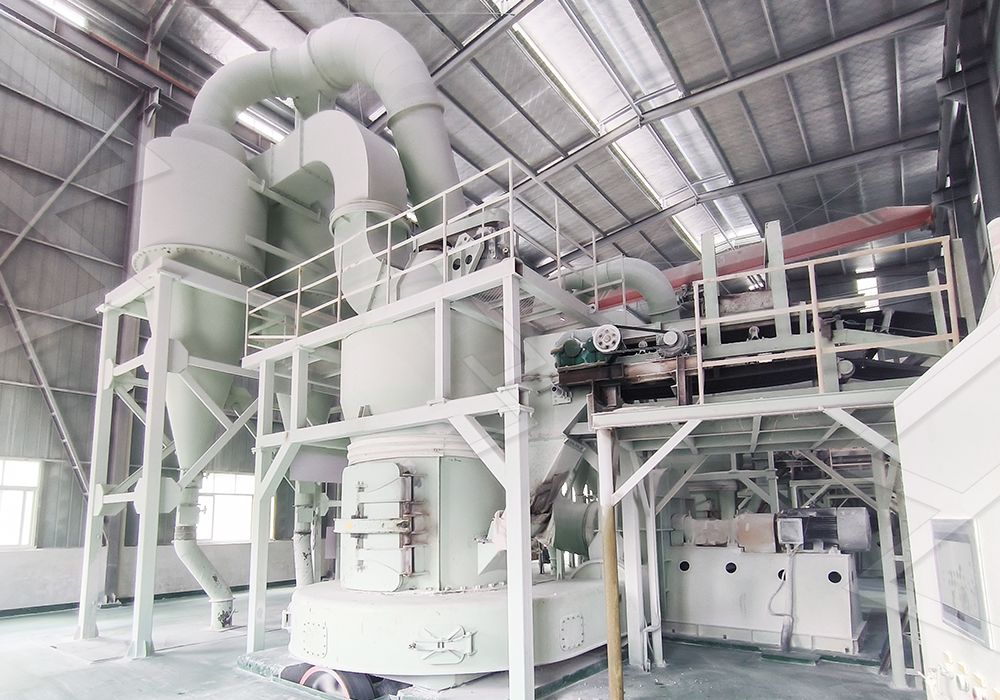Raymond Mill Manufacturers for Mineral Processing in Qinghai
Unlocking Qinghai’s Mineral Potential Through Advanced Grinding Technology
The rugged terrain of Qinghai province presents unique challenges for mineral processing operations. With rich deposits of barite, limestone, dolomite, and other non-metallic minerals, the region demands robust and efficient grinding solutions that can withstand harsh conditions while maintaining precision output. For decades, Raymond mill technology has been the backbone of mineral processing here, but recent advancements have revolutionized what’s possible in fine powder production.

Traditional grinding methods often struggle with the specific requirements of Qinghai’s mineral composition. The varying hardness, moisture content, and chemical properties of local materials necessitate equipment that can adapt to changing conditions while maintaining consistent particle size distribution. This is where modern grinding technology demonstrates its superiority over conventional approaches.
The Evolution of Grinding Technology in Mineral Processing
While conventional Raymond mills have served the industry well for generations, today’s operations require more sophisticated solutions. The limitations of older technology—including higher energy consumption, inconsistent fineness control, and environmental concerns—have driven innovation in grinding equipment design. Modern mills incorporate advanced features like intelligent control systems, improved dust collection, and precision particle classification.
One standout solution that has gained traction in Qinghai’s mineral sector is the MW Ultrafine Grinding Mill. This advanced system represents a significant leap forward in grinding technology, specifically engineered for operations requiring ultra-fine powder production. With an input size capacity of 0-20 mm and throughput ranging from 0.5 to 25 tons per hour, it handles the diverse feed materials common in Qinghai’s mining operations.

Technical Advantages for Qinghai’s Specific Conditions
The MW Ultrafine Grinding Mill incorporates several innovations that make it particularly suitable for Qinghai’s mineral processing requirements. Its newly designed grinding curves for rollers and rings enhance efficiency significantly, achieving production capacity 40% higher than jet grinding mills and double that of ball grinding mills with equivalent power consumption. For operations conscious of their environmental footprint, the integrated pulse dust collector and muffler system effectively minimizes dust and noise pollution—a critical consideration in Qinghai’s ecologically sensitive regions.
Perhaps most impressively, the MW mill offers adjustable fineness between 325-2500 meshes, with precision achieved through German cage-type powder selector technology. This flexibility allows processors to adapt to varying customer requirements without equipment modification. The absence of rolling bearings and screws in the grinding chamber eliminates common failure points, while external lubrication enables continuous 24-hour operation—a vital feature for maximizing productivity in remote locations where downtime carries significant costs.
Complementary Technology: The LUM Ultrafine Vertical Grinding Mill
For operations requiring different specifications, the LUM Ultrafine Vertical Grinding Mill presents another sophisticated option. With its input size of 0-10 mm and capacity of 5-18 tph, it incorporates the latest Taiwanese grinding roller technology and German powder separating technology. Its unique roller shell and lining plate grinding curve design prevents material lingering and repeated grinding issues common in traditional mills, resulting in higher whiteness and cleanliness of finished products—a crucial quality parameter for many industrial applications.

Practical Considerations for Qinghai Operations
Selecting the appropriate grinding technology requires careful consideration of several factors specific to Qinghai’s context. The altitude, temperature variations, and power availability all influence equipment performance and longevity. Additionally, transportation logistics for both raw materials and finished products must inform capacity decisions. Fortunately, modern grinding mills offer modular designs that can be scaled according to operational needs while maintaining efficiency across different production volumes.
Maintenance accessibility is another critical factor, particularly in remote Qinghai locations. Equipment designed with reversible structures and external lubrication points significantly reduces downtime and simplifies routine servicing. The availability of original spare parts and technical support completes the picture, ensuring continuous operation throughout the demanding production seasons.
Frequently Asked Questions
What makes the MW Ultrafine Grinding Mill suitable for Qinghai’s mineral processing?
The MW Mill’s robust construction, adaptability to various mineral types found in Qinghai, energy efficiency, and environmental features make it ideal for the region’s specific conditions. Its ability to produce ultra-fine powder (325-2500 meshes) meets the quality requirements of both domestic and international markets.
How does the MW Ultrafine Grinding Mill compare to traditional Raymond mills?
The MW Mill offers approximately 40% higher production capacity than traditional jet mills and double the output of ball mills with similar power consumption. It also provides superior fineness control, reduced environmental impact, and more reliable operation due to its innovative design without rolling bearings in the grinding chamber.
What maintenance advantages do these modern grinding mills offer?
Both the MW and LUM mills feature designs that simplify maintenance. The MW Mill’s external lubrication system allows continuous operation, while the LUM Mill’s reversible structure enables easy roller access. Both are supported by comprehensive spare parts availability and technical services.
Can these grinding mills handle the variable moisture content in Qinghai’s minerals?
Yes, both mills are engineered to accommodate typical moisture variations. For materials with exceptionally high moisture content, integrated drying systems can be incorporated to maintain optimal grinding efficiency and final product quality.
What environmental considerations are addressed by these grinding systems?
The MW Ultrafine Grinding Mill includes efficient pulse dust collection and noise reduction technology, operating within national environmental protection standards. This is particularly important in Qinghai, where environmental regulations are strictly enforced to protect the region’s ecological balance.
